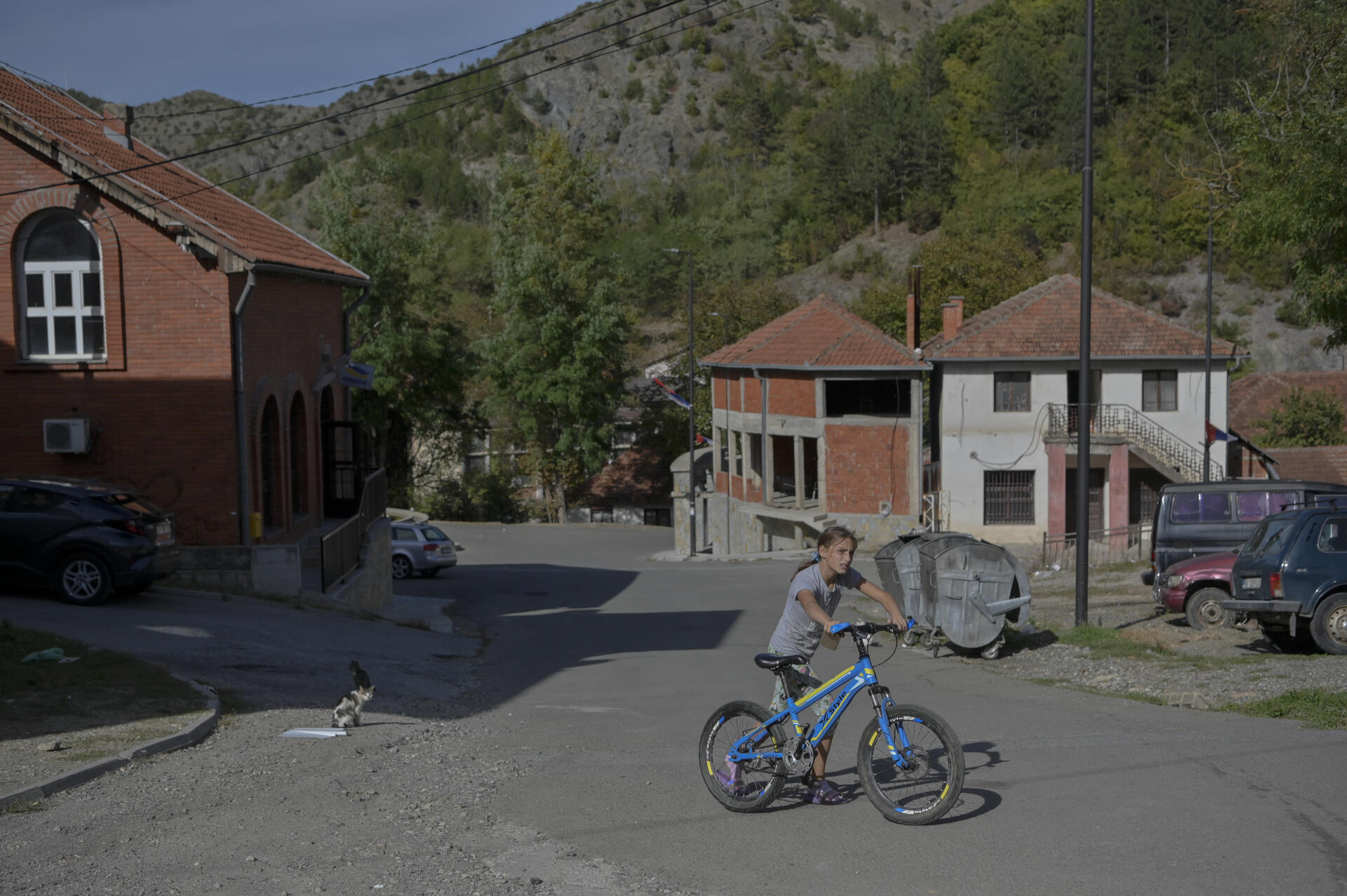Banjska fell back into her lethargy. Only the bullet holes in a few windows and the broken gates of the Orthodox monastery which overlooks this modest village in northern Kosovo still bear traces of the violent clashes started there on September 24 by a commando of heavily armed Serbian men.
Two weeks later, this Monday, October 9, the owner of the only grocery store in this hamlet of a few hundred aging souls remembers it as if it were yesterday. “My wife came to wake me up in the middle of the night telling me that it was pulling. At first, we thought they were smugglers, but we quickly understood that it was worse. Even though I was a man, I was very, very scared.”he says on the steps of his stall, refusing to give his name.
Since the attack, the approximately 40,000 Serbs who reside in the north of this predominantly Albanian Balkan country have been under tension. Everyone fears a return to war, more than twenty years after that of 1999 which led to the independence of Kosovo. “Like 95% of the village, I suspected nothing”defends the trader, describing the commando as “criminal gang”.
Overarmed, wearing fatigues without insignia and traveling in around thirty vehicles, some of which displayed false logos of KFOR, the NATO armed force deployed in Kosovo, the commando appeared in the streets of the village on the night of 23 September 24, and began operations at precisely 2:34 a.m.
It was at this time that a simple Kosovar police patrol coming to inspect two trucks, installed to block the small bridge which marks the entrance to the village, was hit by the explosion of a mine triggered remotely. One of the three agents, Afrim Bunjaku, was killed and another injured.
“Little Green Men”
In the process, the Serbian armed group confronted the Kosovar special forces sent urgently from Pristina, the capital of Kosovo, for hours before retreating into the monastery where a group of pilgrims were, then fleeing through the maquis. leading to nearby Serbia.
Results of this day, the most violent in more than a decade in Kosovo: three attackers shot dead, three others arrested, and several dozen on the run. Among them, their leader was quickly identified thanks to images taken by drone: it was Milan Radoicic, a powerful local Serbian politician, long known for his links with organized crime.
You have 72.49% of this article left to read. The rest is reserved for subscribers.
